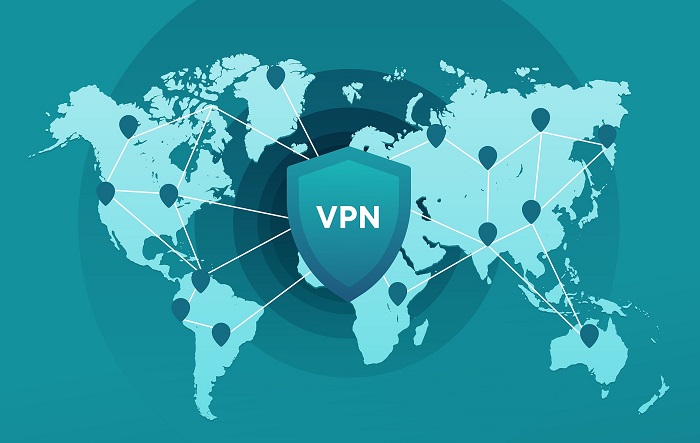How to Unblock Blocked Websites: Websites can be blocked for many reasons. Some institutions like workplaces or schools limit the websites that people on their network can use. Certain countries also block websites for various reasons, controlling what their citizens can see.
Then there are also websites like YouTube that block particular content from specific regions. And finally, some services, like Netflix, have some restrictions and offer different types of content depending on the country someone is accessing.

Whatever the reason, it’s frustrating when this happens, and it feels unnecessary. The internet spans the whole world and, for the most part, shouldn’t be subject to arbitrary geographical limits.
How to Unblock Blocked Websites
Thankfully, there are 7 ways to unblock blocked websites. Take a look at these tips for getting around a blocked website.
1. Determine Why the Site is Blocked
Understanding why a website is blocked is part of knowing how to unblock websites. If the website is being blocked on a computer, then trying to access it on a mobile phone might solve the problem. But if that isn’t an option, then some alternatives will get the job done.
2. Download and Use a VPN
One of the simplest ways to bypass a blocked website, no matter the reason it’s been blocked, is to use a VPN. Virtual private networks sound intimidating – they reroute people’s data to a secure server and encrypt their data. But in reality, they’re easy to use.

After connecting a device to a VPN server, it will reroute the connection to a website without restrictions. The VPN achieves this by hiding the connection’s real IP address. Make sure to choose a server in a location where the website isn’t blocked.
However, it isn’t always possible to install a VPN on a device – like at school or work – so there are other options.
3. Use the Tor Browser
Tor is comparable to VPNs. It encrypts traffic and routes the connection through the Tor network to hide a device’s IP address. However, there are some major differences.
For one, Tor uses a multilayered approach, and it’s also open-source software, which means it’s free. Although that also means using Tor can be very slow at times, as it emphasizes privacy above a speeding connection.
The Tor Browser, like any other standard browser, can be used with popular search engines like Google. However, some schools or workplaces may block the Tor download or installation.
4. Install a Proxy Extension
If a VPN isn’t an option, then a proxy might be the next best thing. Proxies also route people’s traffic through additional servers and hide their IP addresses. The biggest difference is that these servers are public, and the proxy doesn’t secure the connection.
Also, whereas VPNs route all traffic, proxies only work with one application or browser. On the plus side, they are sometimes faster than VPNs since encrypting and decrypting online traffic takes time.
5. Switch to HTTP
Sometimes, it’s possible to trick a firewall into letting the website load by switching to its HTTP version. This works because most websites these days use HTTPS but still have an HTTP version online, and some firewalls don’t take that into account.
So remove the ‘s’ at the end of the ‘HTTP’ part of a URL and reload the website. Keep in mind that HTTP is not secure, so don’t enter sensitive or personal information.
6. Use the Google Cache Feature
Google users have probably seen the grey ‘cached’ text next to website titles in search results. The cache is a local copy of a website that Google saves to speed up page load times. If the original website doesn’t want to load, then it may be possible to visit the cached version.
However, the cached version may be older and have less interactive features than the regular website. So this is better for reading blogs and won’t work for something like shopping.
7. Try the Mobile Version
Like with the HTTP trick, it’s sometimes possible to dupe a firewall into loading a page using the mobile version. As some firewalls don’t take the mobile version of a website into account.
This won’t work with all, but many popular websites like Facebook have a mobile-specific version. Try typing ‘m’. between www. part of the URL and the website’s name. So it would look something like this: https://www.m.example.com.
Conclusion
The internet is unrestricted in so many ways, offering people the freedom to connect from anywhere in the world. But sometimes access to all that freedom is blocked – for a myriad of reasons. If anyone needs to get a website unblocked quickly, then one of these methods should help.



















